Pioneer aviators John Moncreiff and George Hood, vanished in first flight across the Tasman
As the search ramped up for the New Zealand airmen attempting the first flight across the Tasman, the aviator who lost the toss to fyl with John “Scotty” Moncrieff insisted they had landed.
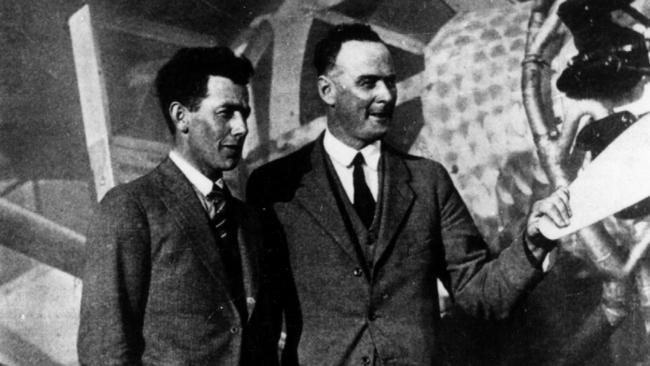
Today in History
Don't miss out on the headlines from Today in History. Followed categories will be added to My News.
AS the search ramped up for New Zealand airmen attempting the first flight across the Tasman, the aviator who lost the toss to join the adventure insisted they had landed.
But on January 12, 1928, two days after the flight left Sydney, Ivan Kight’s optimism was not widely shared.
Newspapers in Sydney reported, “Search for Hood and Moncrieff: Grave fears held for their safety”, explaining that the New Zealand government had dispatched tugs and an aircraft to search for John “Scotty” Moncrieff and George Hood.
“Hope has not been abandoned, but the feeling of gloom in New Zealand is increasing,” the reports concluded. Still in Sydney, Kight insisted “his comrades had crossed the Tasman Sea”, given early reports that indicated their machine, the Aotearoa, had been sighted at Stephen’s Island and Wairarapa Lake in New Zealand.
Moncrieff had dreamt since 1925 of becoming the first pilot to fly from Australia to New Zealand. Again inspired by Charles Lindbergh’s 1927 non-stop flight from New York to
Paris in a Brougham Ryan aircraft, Moncrieff mustered financial support from an uncle, raising another £4500 pounds through a public appeal sponsored by newspaper editor Arch McNicol.
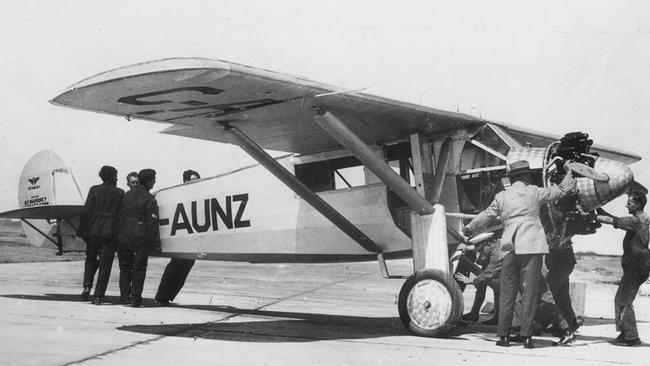
He already had enthusiastic technical backing, teaming with former Royal Flying Corps captain George Hood, born in 1891 to a farming family at Masterton, New Zealand. Enlisting in 1914, Hood qualified as a pilot in England but 13 days later, in October 1917, had a serious crash on the Western Front, when his DH5 spun into the ground.
Part of his right leg was amputated and he was granted leave to New Zealand in 1918, but in December 1918 he returned to duties as an RAF pilot, until invalided out in November 1919.
After marrying in England, Hood took his wife Laura back to Masterton, where he sold cars and tractors and drove taxis, but continued flying with the NZ Permanent Air Force.
Born on Scotland’s Shetland Islands in 1894, Moncrieff arrived in New Zealand at age 16, and qualified as a motor mechanic. He enlisted in December 1917, and took a flying course with the Canterbury (NZ) Aviation Company. Qualifying after the 1918 Armistice, he returned to work at a garage in Wellington.
Moncrieff also shared his vision with Kight, who qualified as a pilot with the Royal Flying Corps in 1916. Born in 1896, he qualified as a solicitor and barrister, but continued flying
with the NZ Air Force (Territorial).
Moncrieff ordered a Ryan B-1 Brougham monoplane, made largely of wood with a thin pipe frame and metal panels, from San Diego. Its engine was a metre-long cylinder of steel, aluminium and bronze. Moncrieff, Hood and Kight sailed to Australia in December 1927, where they plotted a 2300km route from Richmond air force base to land on the racecourse at Trentham, near Wellington. The flight was expected to take 14 hours.
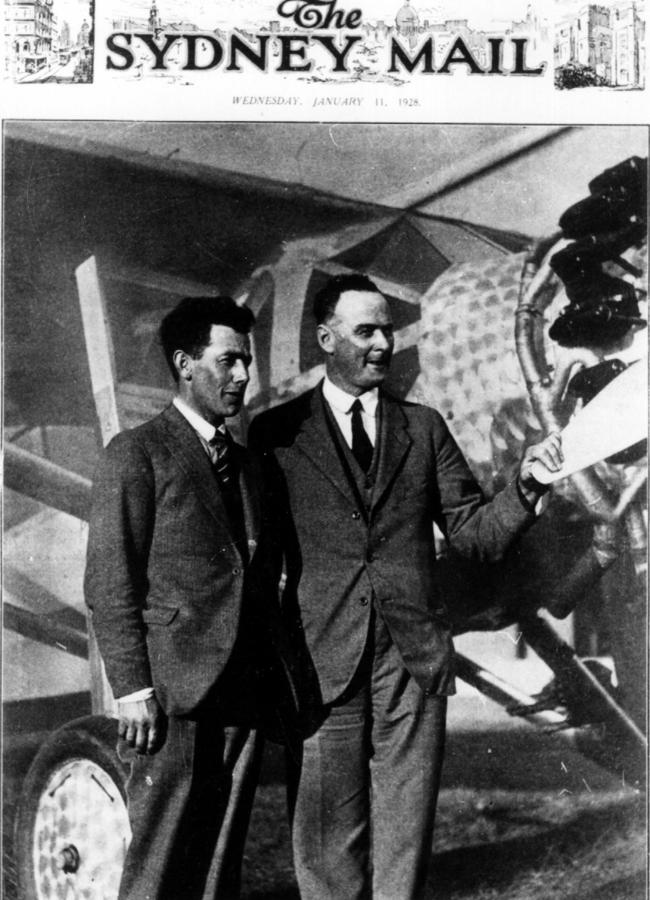
The plane was adapted to carry an extra fuel tank, but its only navigation equipment was a radio to transmit a long static dash for five minutes every 15 minutes. The pilots would use “dead reckoning” to calculate their position.
Australian prime minister Stanley Bruce ran interference in late December, withdrawing federal government assistance for the project, arguing the “land” plane was not suitable for sea flights. Bruce also said the New Zealand Government had not authorised the flight, but New Zealand prime minister Gordon Coates later offered assistance. On January 6, 1928, Hood and Kight tossed a coin in the lounge of Sydney’s Wentworth Hotel, where Hood’s tails call secured him a seat alongside Moncrieff.
Informed late on January 9 that the weather at Richmond favoured a takeoff, the trio had the Aotearoa, Maori for long, white cloud, ready by 2am on January 10. After “cheery farewells”, Moncrieff and Hood took off at 2.43am, vanishing into fog as they taxied along the runway. Next day it was reported the pilots had reached New Zealand, but in the early hours were still looking for a landing place.
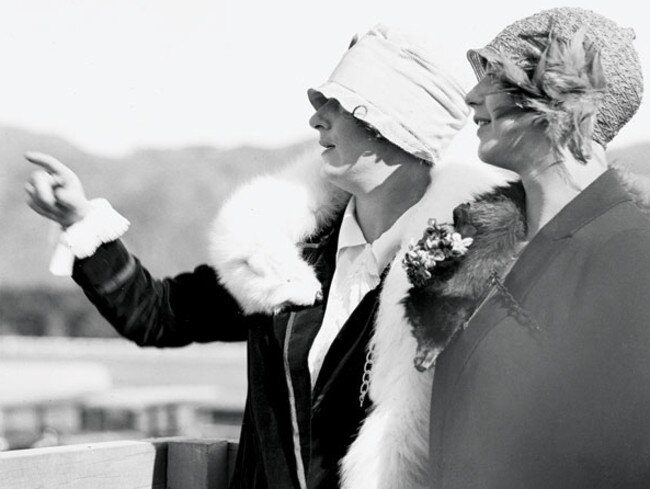
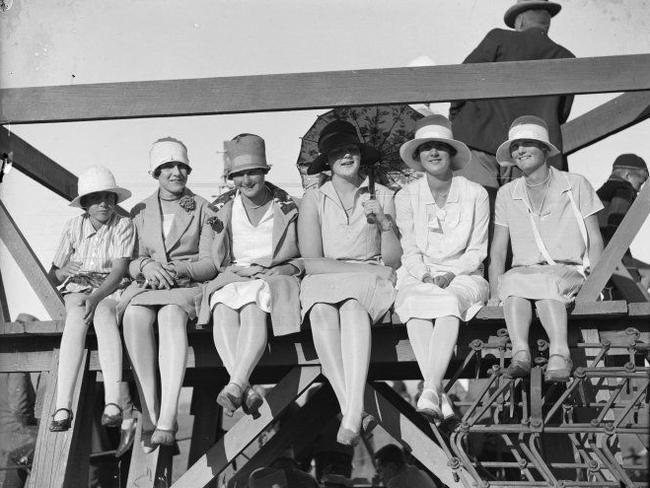
“The airmen kept in wireless communication with stations in Australia and later in New Zealand at intervals throughout the night,” reports explained. Laura Hood and Moncrieff’s wife Dorothy were among 10,000 sky-watchers assembled at Trentham racecourse. Kight explained it had been arranged that if daylight faded as the flight approached New Zealand, the pilots would bypass Trentham to land on a nearby beach.
Witnesses reported seeing lights from the Aotearoa, although Kight said the plane did not carry navigation lights or flares. A search extended along the New Zealand coast in hopes of finding Moncrieff and Hood alive. Neither pilot, or any wreckage from the Aotearoa, has ever been found.
Tragically, Kight also made history when he died in New Zealand’s first commercial aircraft crash in February 1931.
Originally published as Pioneer aviators John Moncreiff and George Hood, vanished in first flight across the Tasman


